The Role of OEM in Tea Export and International Markets
Ah, tea. The magical elixir that fuels mornings, soothes evenings, and somehow makes gossip sound classier. Whether you’re sipping on a robust Assam, a delicate Darjeeling, or a trendy matcha latte while pretending to be healthy, tea has a global fan base that rivals cat videos on the internet. But have you ever wondered how your favorite tea gets from a lush plantation to your cup? Enter OEM Original Equipment Manufacturer. Sounds fancy, right? Let’s dive into the surprisingly quirky world of OEM and its role in tea export and international markets.
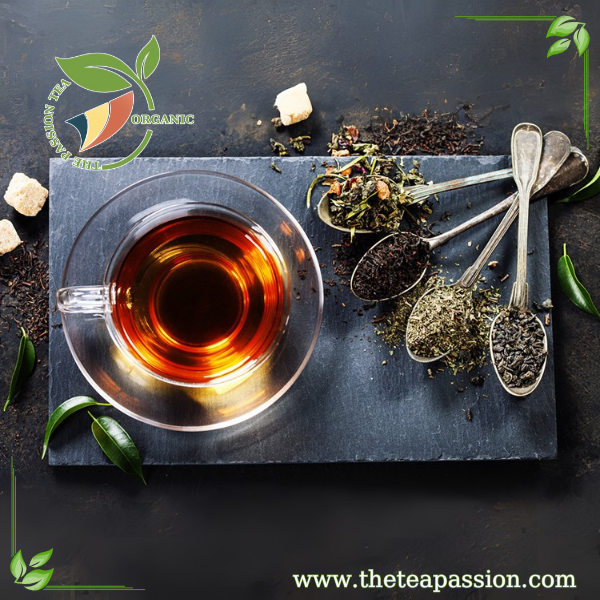
OEM: Not Just for Gadgets
When you hear “OEM,” you might think of tech companies making parts for your smartphone or car. But guess what? OEMs are also busy behind the scenes in the tea industry! They’re like the backstage crew of a theater production essential but rarely in the spotlight. In the tea world, OEMs are companies that produce and package tea products for other brands. So, that fancy-looking tin of Earl Grey you bought? It might have been made by an OEM while the brand slapped its label on it and called it a day.
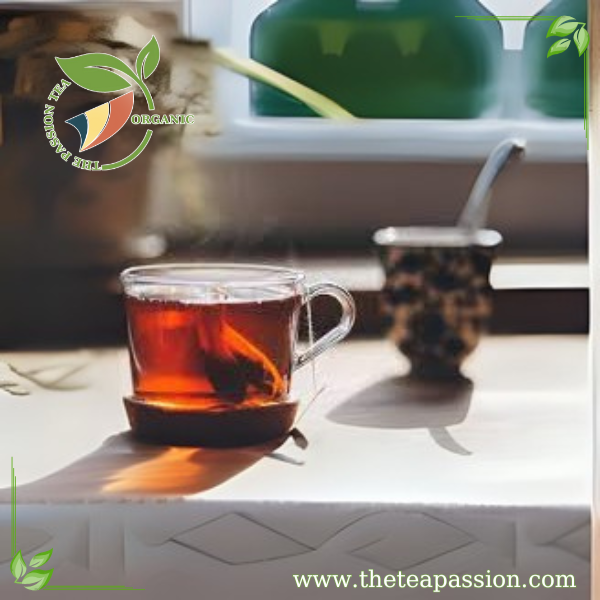
Tea Export: A Global Steeping Party
Now, let’s talk about tea export. Picture this: tea leaves grown in India, processed in China, packaged in Germany, and sipped in Canada. It’s like tea is on a world tour, minus the groupies and pyrotechnics. The international tea market is worth billions, and OEMs play a huge role in making it all happen. They help brands customize blends, design packaging, and meet international quality standards. Essentially, they’re the fairy godmothers of tea turning raw leaves into the beautiful product you see on store shelves.
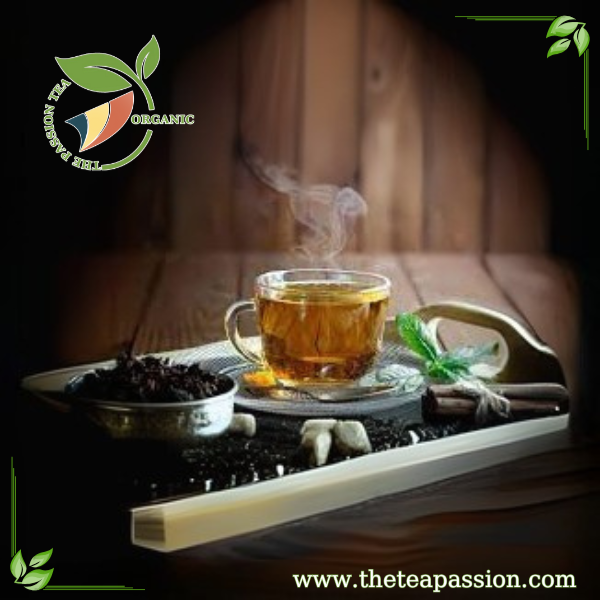
Why OEMs Are the Unsung Heroes
Let’s face it: not every brand has the resources to grow their own tea or set up a factory. That’s where OEMs come in to save the day. Here’s why they’re awesome:
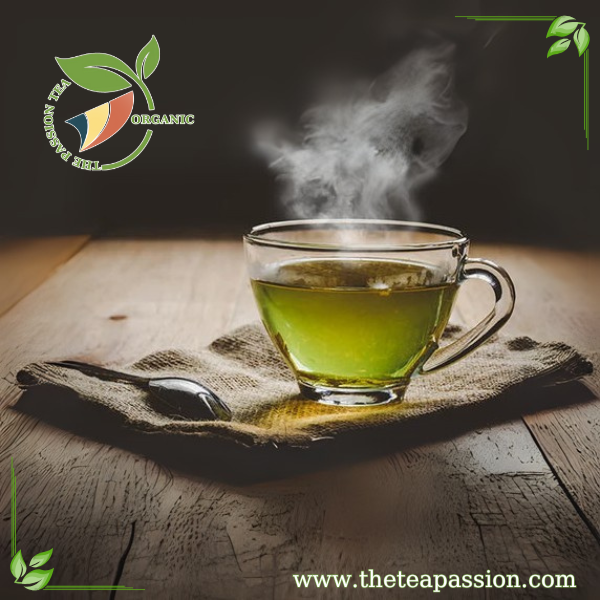
1. Customization Galore: Want a tea blend that tastes like lavender and unicorn dreams? An OEM can make it happen.
2. Cost Efficiency: Setting up a tea factory isn’t cheap (and who even knows where to buy one?). OEMs already have the infrastructure, so brands can save money.
3. Global Standards: From organic certifications to fancy packaging, OEMs ensure that tea products meet international requirements.
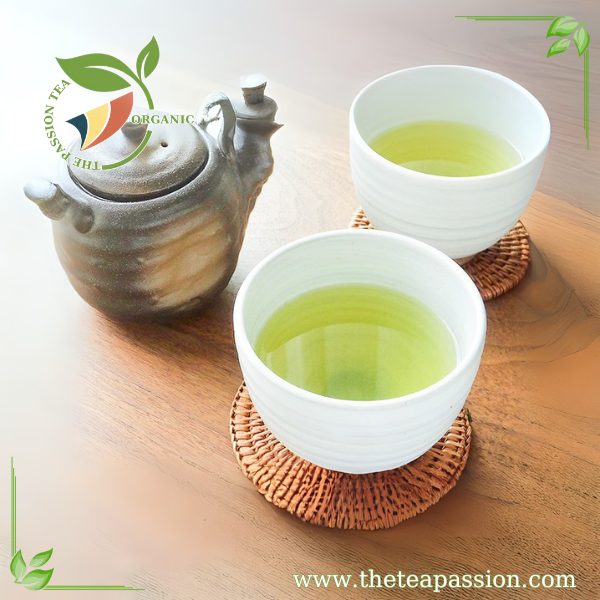
Challenges of Being an OEM
Of course, it’s not all sunshine and chamomile. OEMs face their own set of challenges:
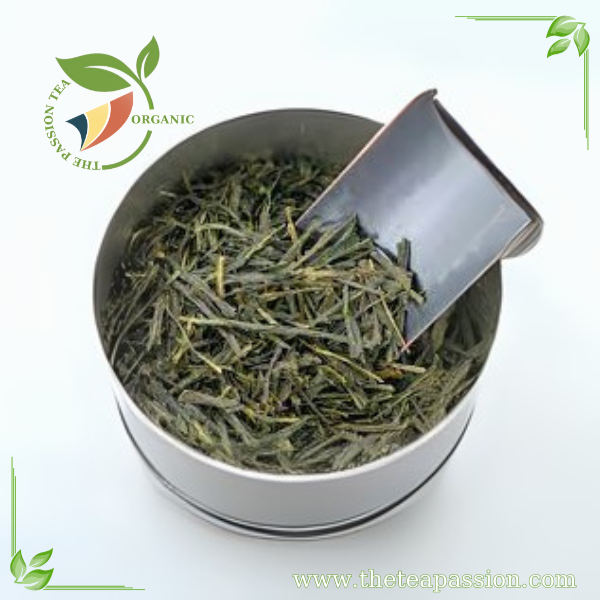
– Tough Competition: With so many players in the game, standing out as an OEM can be as hard as finding a teabag in a haystack.
– High Expectations: Brands want perfection because if your tea tastes like wet cardboard, guess who gets blamed? (Hint: Not the brand.)
– Global Regulations: Every country has its own rules for imports, and keeping up with them is like trying to memorize all the steps to the Macarena.
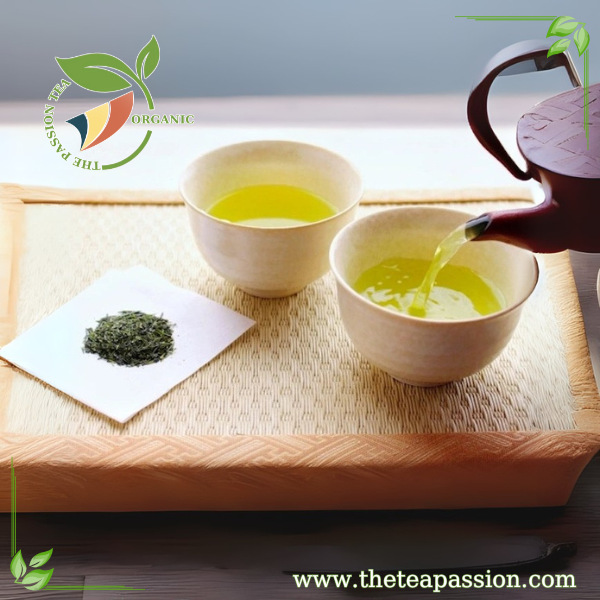
Tea Trends & OEMs: A Match Made in Heaven
The tea industry is evolving faster than you can say “oolong,” and OEMs are riding the wave. Here are some trends they’re cashing in on:
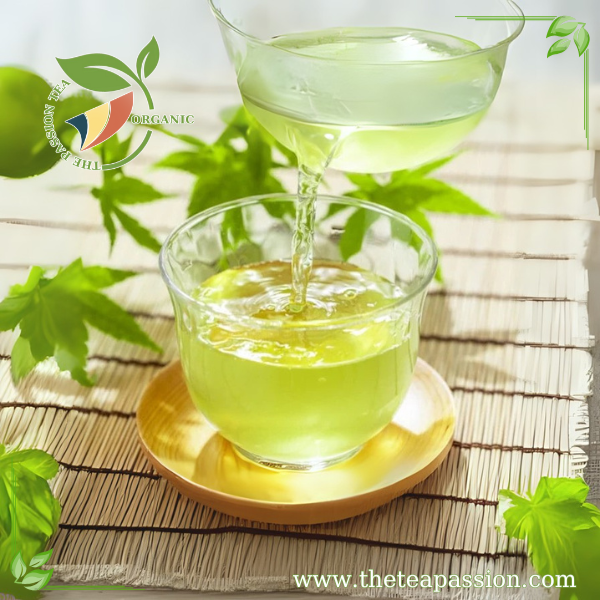
1. Health-Conscious Blends: Detox teas, immunity boosters, teas with five adaptogens you can’t pronounce OEMs are making them all.
2. Eco-Friendly Packaging: Because nothing says “I care about the planet” like biodegradable teabags that dissolve in your cup (okay, maybe not *that* biodegradable).
3. Exotic Flavors: From hibiscus-rose to chili-chocolate chai, OEMs are spicing things up literally.
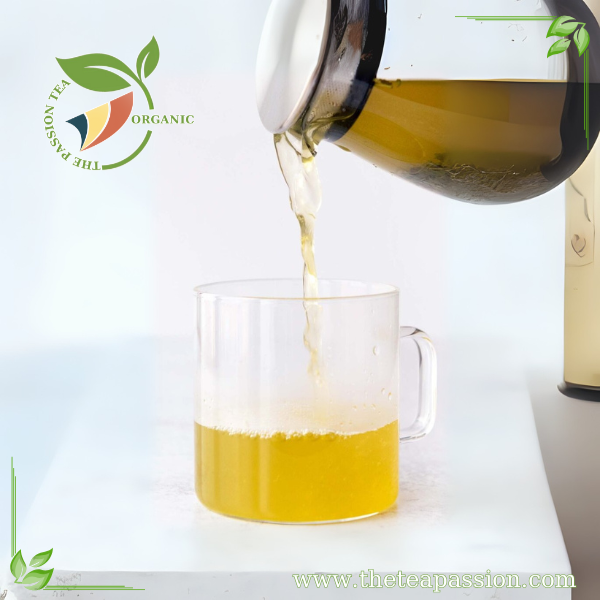
The Future of Tea and OEMs
As more people around the world embrace tea (seriously, coffee drinkers, join us already), the demand for innovative products will only grow. OEMs will continue to play a crucial role in shaping the industry. Who knows? Maybe one day, we’ll have AI-designed teas or blends infused with CBD and glitter (because why not?).
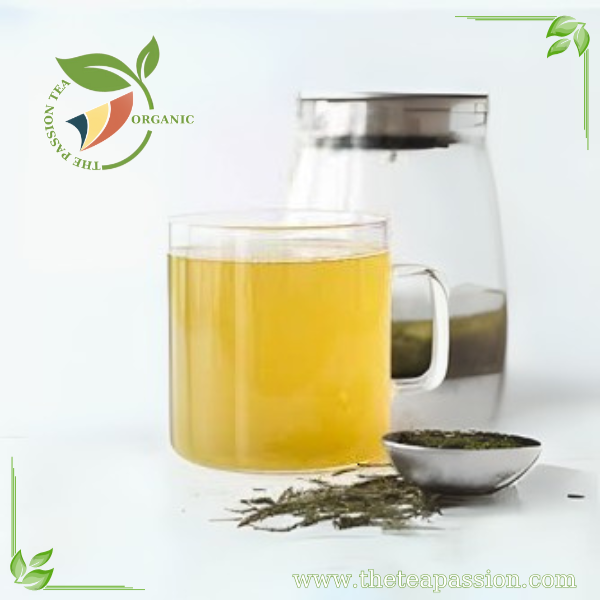
So next time you sip on your favorite brew, take a moment to appreciate the behind-the-scenes magic of OEMs. They may not get the glory, but without them, our cups would be tragically empty and no one wants that kind of drama in their life. Cheers to tea and the unsung heroes who make it happen! 🍵
